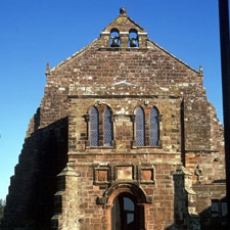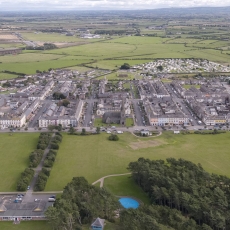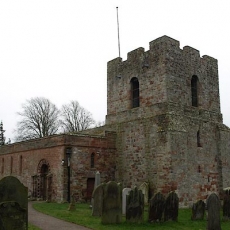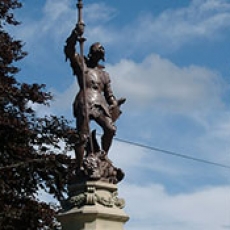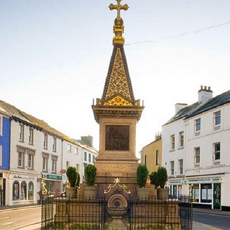Exploring history
For centuries, the area we know today as the Solway Coast of outstanding Natural Beauty has been a frontier – and it is packed with history.
You can track time on the Solway Coast by the geological features – the water-saturated bogs and marshes which have been here since the end of the last Ice Age, the structures of Hadrian’s Wall which have remained since the Roman invasion, the development by the monks of Holme Cultram Abbey, and man’s intervention since draining the land for commercial purposes.
In Roman times, it was a boundary between ‘civilised’ Britannia and the barbarian north. In later years, and still today, it is part of the line between Scotland and England, and, for thousands of years, it has been the point where sea meets land.
The Normans changed it again, creating baronies from where they could control the local areas.
Industry has played its part, from salt harvesting to peat extraction, along with arable farming, fishing and quarrying.
There are the settlements too, which have grown and shifted according to the environment and the economic need. The ports of Skinburness, Silloth and Port Carlisle, the remains of the now-demolished bridge from Bowness on Solway to Annan in Scotland, and the very different towns, villages and hamlets, all of which have evolved as industries and populations changed.
Tourism has played a part too, seeing Silloth developed as a seaside town, and so has religion, which saw not only the Abbey but a host of churches built all over the area.
Conflict is one thing that has shaped the area – not only at Hadrian’s Wall. There are the fortified buildings like Drumburgh Castle and the church towers of Newton Arlosh and Burgh by Sands. There are more recent wartime links too, with the airfields at Anthorn, Kirkbride and Silloth still major landmarks today, along with structures like the pillbox of Grune Point.
And then there are the farms with their working buildings – each different according to whether their inhabitants were focusing on arable or animals – and the clay dabbins, the traditional buildings of the Solway Firth.
You can download our Solway Built Heritage guide here or pick up a free copy from the Discovery Centre in Silloth.


